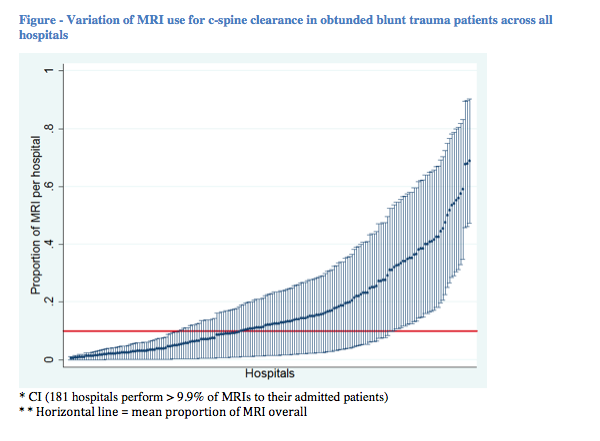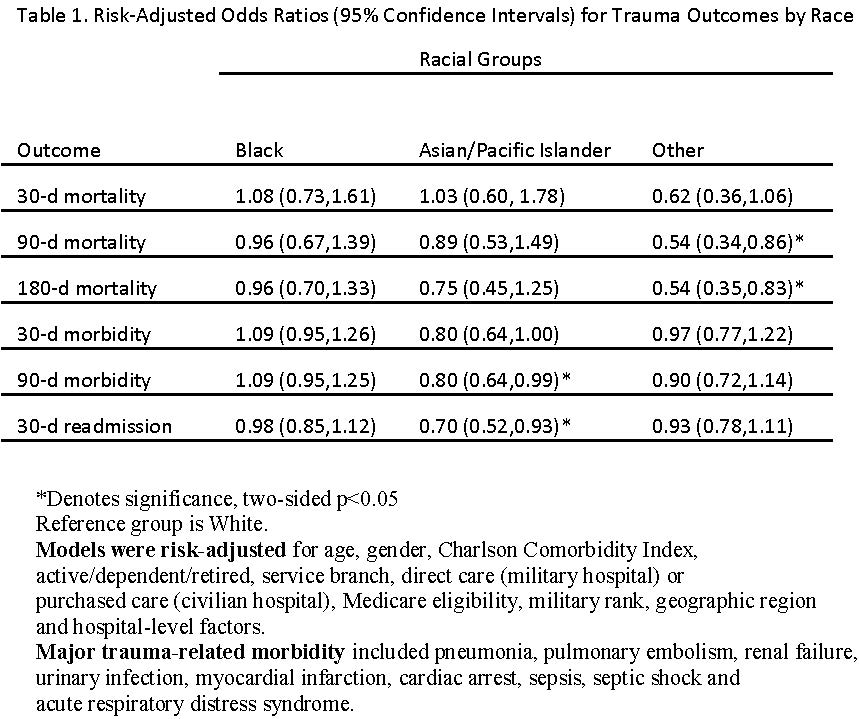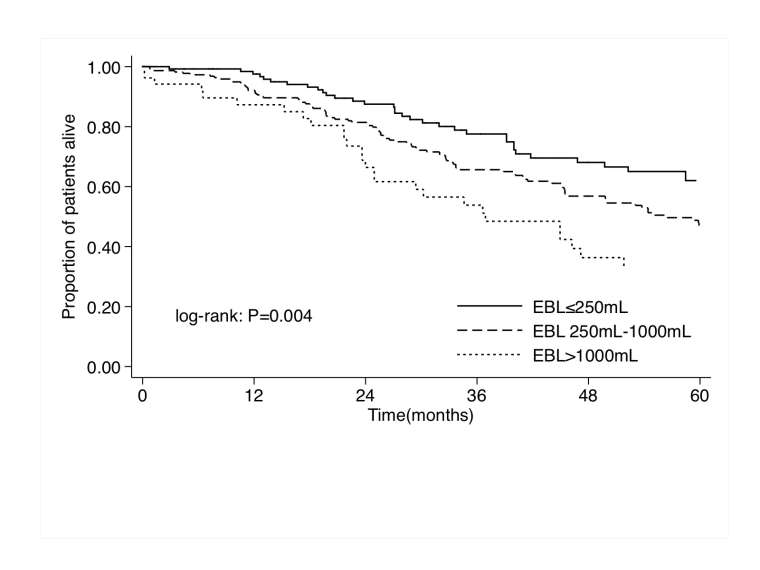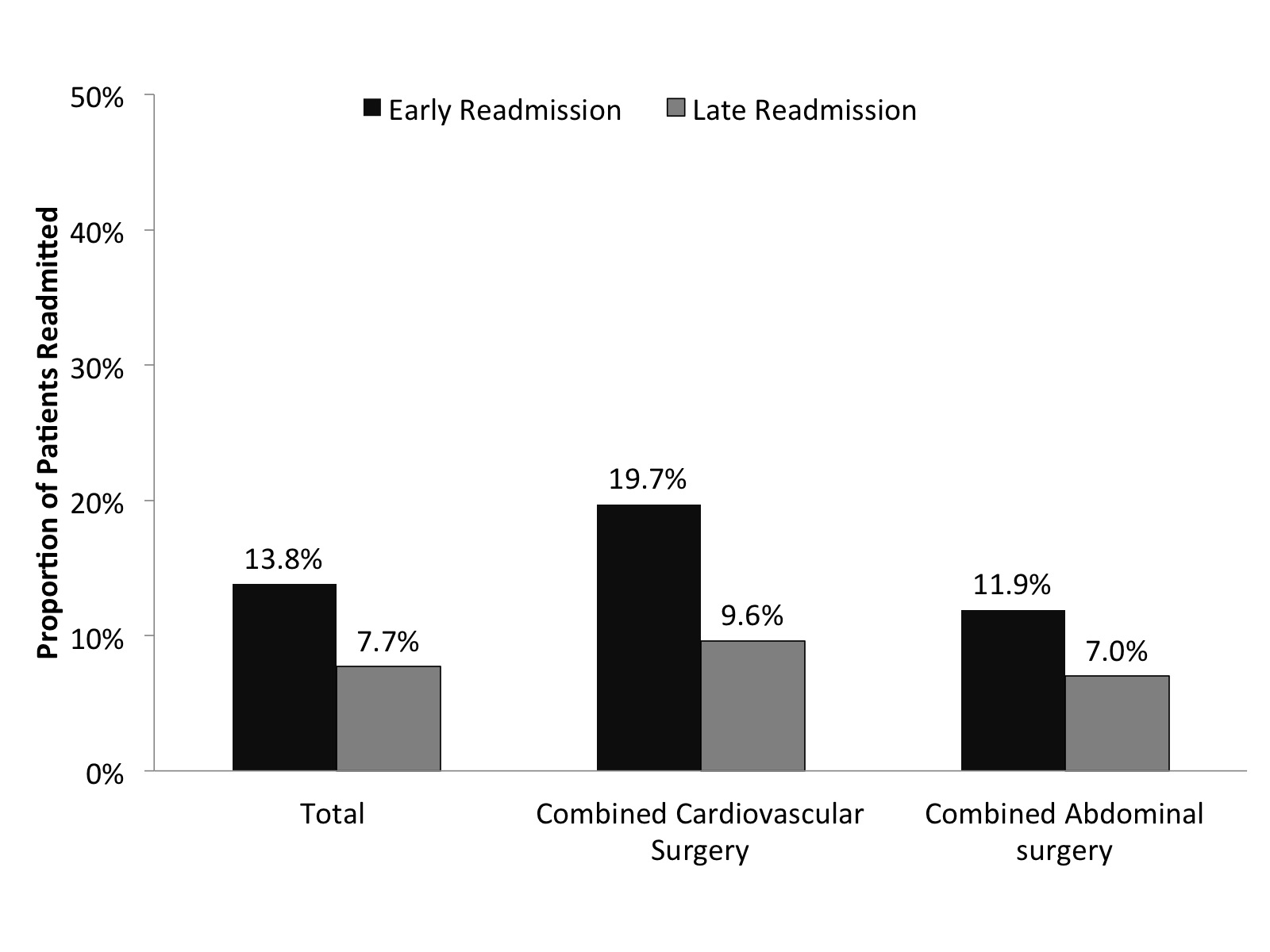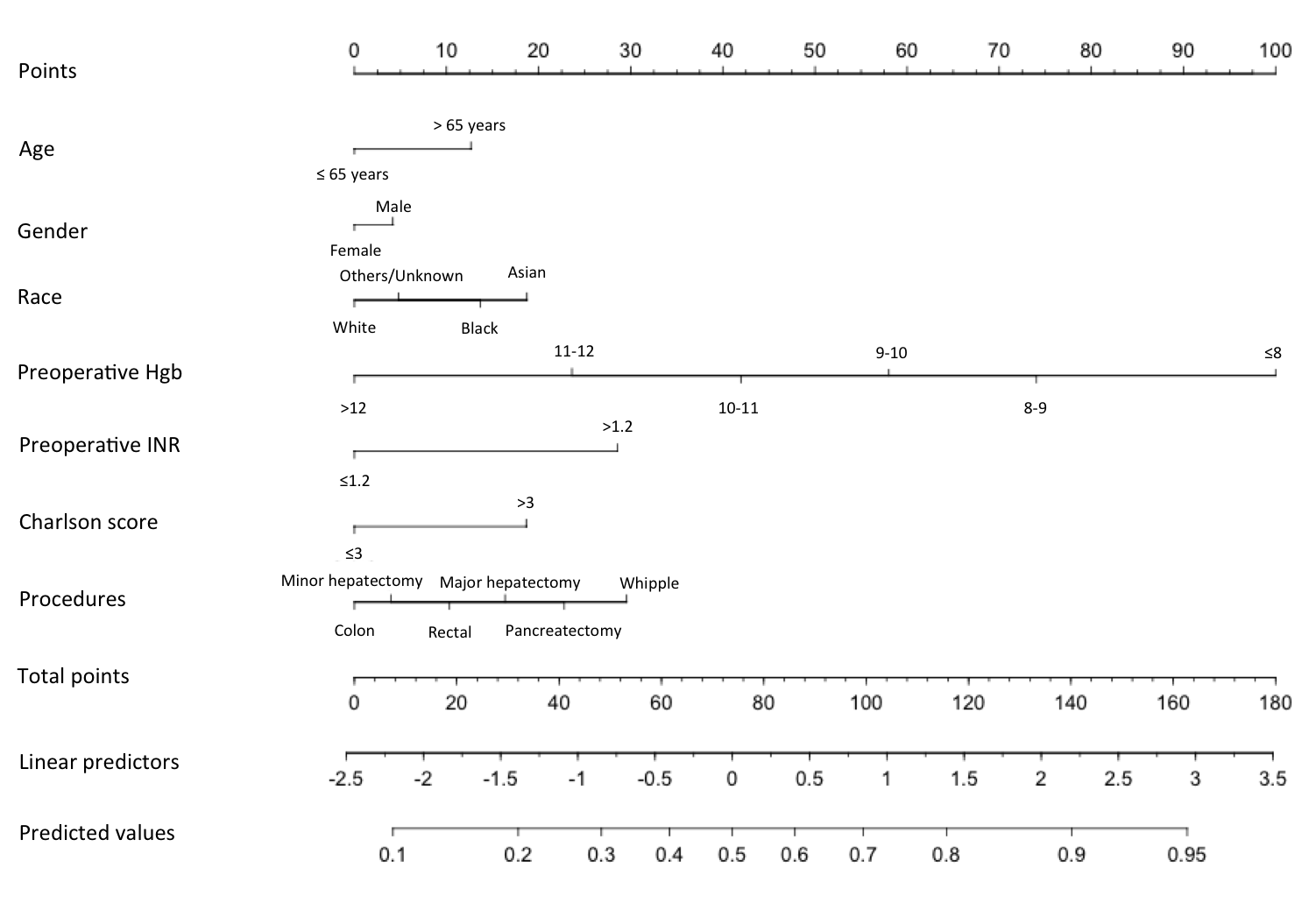S. E. Cherukupalli1, M. Bhatia2, S. Gupta3,4, N. Nagarajan5, M. Boeck1,6,7, S. Sharma8,9, B. C. Nwomeh4,10, J. Thakur11, M. B. Shapiro1, A. Bhalla11, M. Swaroop1 1Northwestern University Feinberg School Of Medicine,Department Of Surgery, Division Of Trauma And Critical Care,Chicago, IL, USA 2Texas Tech University Health Sciences Center School Of Medicine,Lubbock, TX, USA 3University Of California, San Francisco, East Bay,Oakland, CA, USA 4Surgeons Overseas,New York, NY, USA 5Johns Hopkins University School Of Medicine,Department Of Surgery,Baltimore, MD, USA 6Brigham And Women’s Hospital,Center For Surgery And Public Health,Boston, MA, USA 7New York Presbyterian Hospital-Columbia,Department Of Surgery,New York, NY, USA 8Boston Children’s Hospital,Department Of Plastic Surgery,Boston, MA, USA 9Harvard Medical School,Department Of Global Health And Social Medicine,Boston, MA, USA 10Nationwide Children’s Hospital,Columbus, OH, USA 11Postgraduate Institute Of Medical Education And Research,Chandigarh, HARYANA, India
Introduction:
Recent global estimates show an astounding five billion people lack access to safe, quality and timely surgical care. The rates of major surgeries in low- and middle-income countries (LMICs) are much lower than those of more developed nations. Surveys at the community level provide a more accurate measure of unmet surgical need compared to facility-based surveys. This pilot study aimed to assess the local burden of surgical disease in a rural region of India through the Surgeons OverSeas Assessment of Surgical need (SOSAS) population-based survey tool.
Methods:
The study was undertaken between June and July 2015 in Nanakpur, Haryana. The region was divided into three sectors, with eight clusters each for sampling. Two clusters per sector were randomly selected for a total of 50 households (93 respondents) interviewed. The head of household provided demographic data, and surgical histories in six distinct anatomical regions were obtained from two household members. Questions were modified from the SOSAS survey to better capture distinct characteristics of Nanakpur’s population. We defined current surgical need as a self-reported surgical problem present at the time of the interview and unmet surgical need as a surgical problem in which the respondent did not access care. Categorical and continuous variables were analyzed using Pearson’s chi-squared and Kruskal Wallis tests, respectively.
Results:
One hundred percent of households selected for the survey participated, with a total of 93 individuals and a median age of 35 years (IQR 26-50). Eighty-six percent were female, 59.1% literate and 23.7% employed. Twenty-eight individuals (30.1%; 95% CI: 21.0-40.5) indicated they had a current surgical need (body region: face 2, chest/breast 1, back 1, abdomen 3, groin/genitalia 4, extremities 17). Those with a current surgical need had a higher median age (46.5 vs. 33 years, p=0.034) and lacked funds to travel to a tertiary center (64.3% vs. 32.4%, p=0.041). Once transport was available, the median travel time to a tertiary center was 60 minutes (IQR 45–90). Six individuals had an unmet surgical need (6.5%; 95% CI: 2.45-13.5).
Conclusion:
The SOSAS tool has been used to estimate surgical needs at the population level in multiple regions across the globe. This pilot study, the first in India, highlights a significant burden of surgical disease in the remote area of Nanakpur. These data are useful preliminary evidence to highlight the urgent need to strengthen surgical systems in rural parts of India. Further studies should be conducted to better estimate the burden of surgical diseases throughout India, to accurately inform policymakers of the need to improve access to care.
